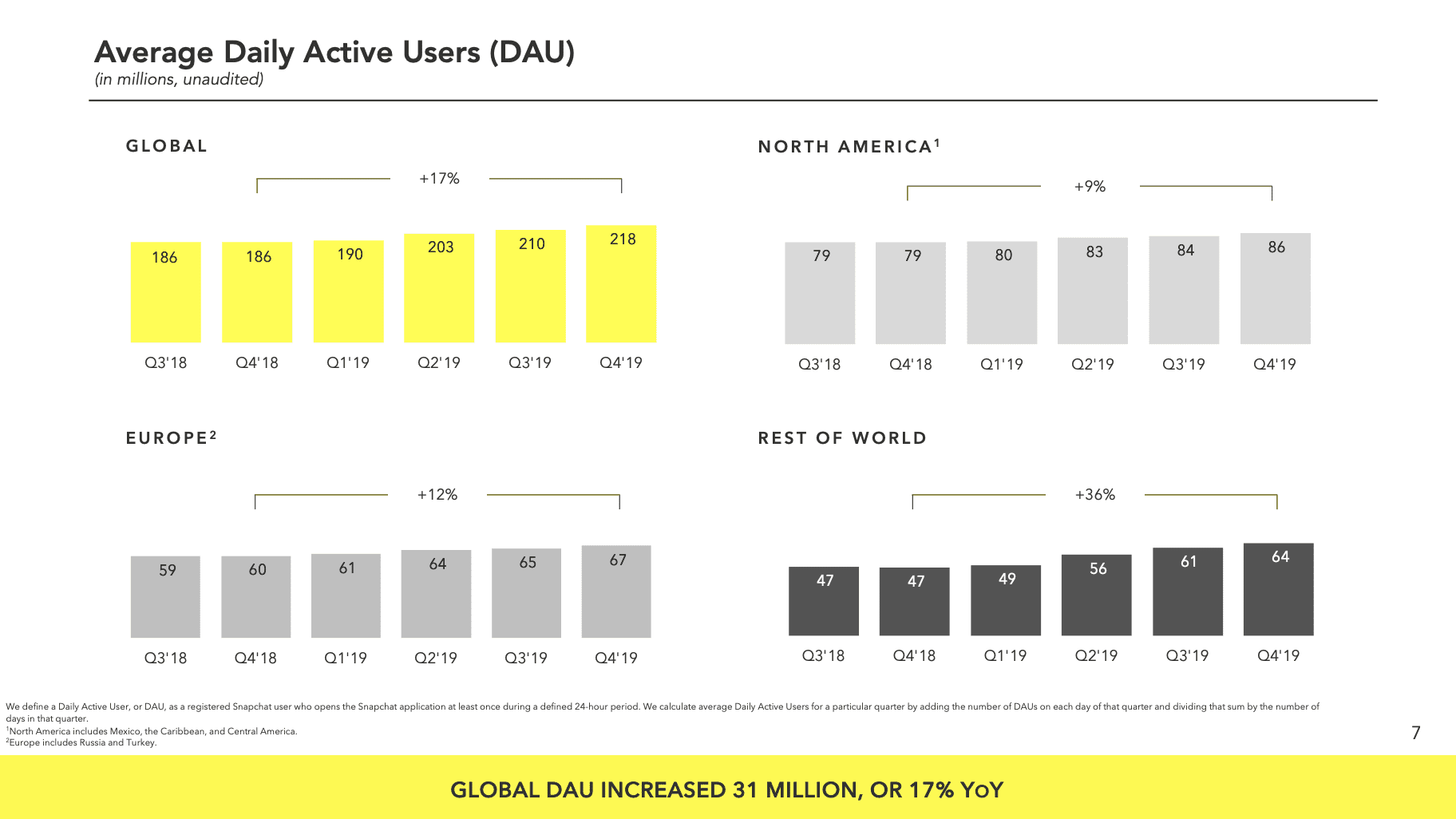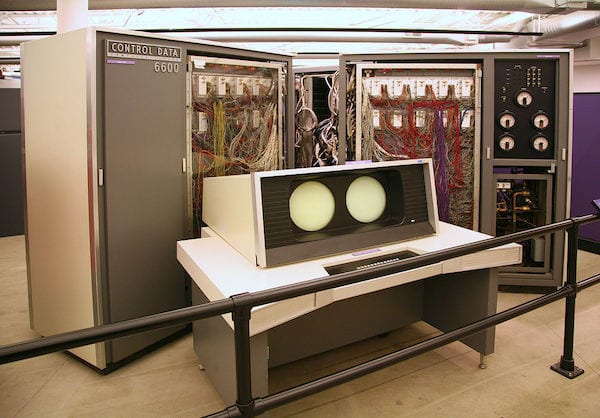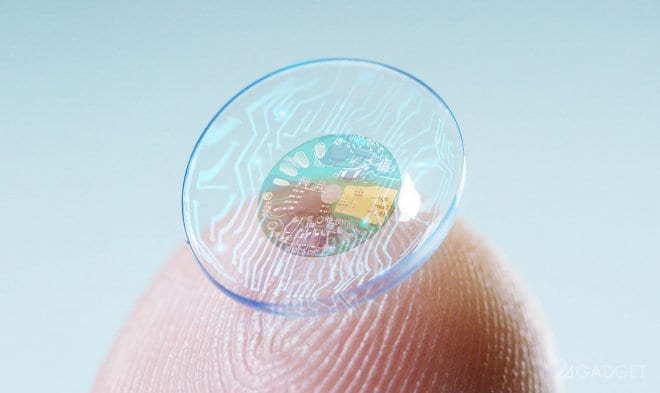The spatial web is a new dimension of visual data overlaid on the real world. This is how augmented reality interacts with and remembers geographic locations, places, people, and preferences.
Today, millions of people around the world are using AR filters and trying out AR experiences through their mobile devices (see usage stats below), but tomorrow’s augmented reality will be as much a part of our day-to-day lives as opening our eyes every morning to see the world around us.
On the road to integrated augmented reality, the total market value will surpass $140 billion in less than five years (source). This indicates massive growth opportunities for every vertical that makes use of WebAR from retail, automotive, training, education, healthcare, sports… and additionally, new technologies that will drive the democratization of the 3D web.
Central to this will be boosting connectivity through the AR Cloud and internet services. Let’s take a look at what this looks like and how it affects the deployment of augmented reality.

2020: Snapchat recorded 163.5 million daily active AR users. Source: AR Insider.

Image Credit: Open AR Cloud
The AR Cloud: A Digital Doppelganger
The first step towards integrated AR is developing a highly detailed mesh of the physical world. This is the AR Cloud, a persistent 3D copy of the real world where users can visually search the internet in real time.
In other terms, imagine the infrastructure of the physical world uploaded, and the contents of the internet downloaded into reality but curated for or by each user. The AR Cloud will enable us to live inside the internet, with high-quality content in the context of our lives.
Every physical object will be able to store data, host an exciting activation, educational opportunity, or reward. The world will be a playground to discover and evolve our intellect and economic opportunity with hyper-accelerated learning, culturally significant marketing, and social exchange.
In the near future, the AR Cloud will become ubiquitous, enabling integrated augmented reality to be developed, deployed, and enjoyed at scale. Amazon and Google are getting close to this concept with their machine-readable maps, as is the Open AR Cloud. This is a partnership of over 40 companies, including Geenee. We are working collaboratively towards the development of open and interoperable spatial computing technology, data, and standards to connect the physical and digital worlds for the benefit of all.
Also in the AR Cloud technology stack are storage solutions and content delivery networks (CDNs). These are physical networks of data centers that can quickly and reliably distribute content from a central location to users around the world.
However, augmented reality is putting a new demand on this infrastructure. Content has shifted from text, to image, to video, to 3D, meaning that more power is needed to fuel increasingly data intensive interactions with zero latency for localized AR.
Boosting Connectivity: An Augmented Internet
New solutions are rapidly emerging to provide for the spatial web. One of these, APSI WIFI’s ATP Turbo app, is an immediate low-cost software solution for poor mobile connectivity due to data loss. It uses a patented application that boosts internet connectivity by 3X, even in the lowest signal locations, and no infrastructure upgrade is required.
Data loss can result from many circumstances, such as rain, network congestion, physical structures, moving vehicles or high volume internet usage in concentrated locations. COVID-19 has noticeably caused an increase in internet traffic congestion, with infrastructure struggling to keep pace.

APSI Independently Verified Lab Test Results
The APSI Turbo App solution mitigates the retransmission packet interference by recreating them on the receiving side from other encoded packets. Connectivity throughput is increased by 300% when 1% to 10% of data is lost. When 10% to 50% of data is lost, APSI is able to restore lost mobile connections.
This boost in connectivity is much more significant than simply “good WiFi.” It’s a monumental breakthrough that will catalyze new AR use-cases and spur on the growth of the spatial web in more ways than we can imagine.
A Visual Internet: Developing Additional Infrastructure
It’s seemingly invisible technologies that are paving the way for a more visual internet. It’s the convergence of 5G, cloud computing, artificial intelligence, more efficient and compact chips, and mobile technology that enables us to carry the supercomputers of the 60s in our back pockets.

1964, the CDC 6600 (Control Data Corporation 6600), the first supercomputer. Image credit: Wikimedia
One day, augmented reality will even become biodigital, an amalgamation of computer-generated and organically obtained information. It might seem strange now, but such a future may not be so far off as internet boosting services emerge and companies collaborate to create the open AR Cloud.
By building augmented reality into the structure of the internet itself— as WebAR— we are providing the tools for individuals and businesses alike to succeed with a future-proof solution.

Image credit: Mojo Vision AR Lens in development
Already businesses are seeing fundamental changes in the way consumers interact and engage with their brand through interactive content, and those who pioneer this space will be equipped for a paradigm shift in the global e-markets and in-store entertainment centers of the near future.
This fascinating market is rapidly expanding as creatives and technologists push the medium to new frontiers. Discovery and deployment of AR is no longer limited to big budgets or highly experienced developers as no coding or app download is required.
Geenee’s technology, in combination with connectivity providers such as APSI, is available today to power the most effective digital strategies and consumer experiences. If you are interested in learning more about WebAR and how it can boost your bottom line, you can reach us here.
Engage & Monetize Your Audience with Immersive WebAR Experiences
Be the first to try Geenee WebAR
